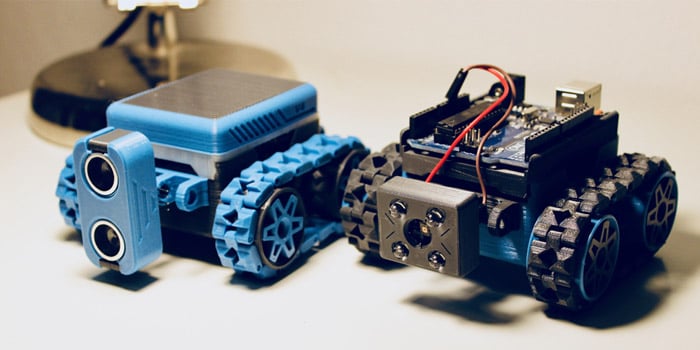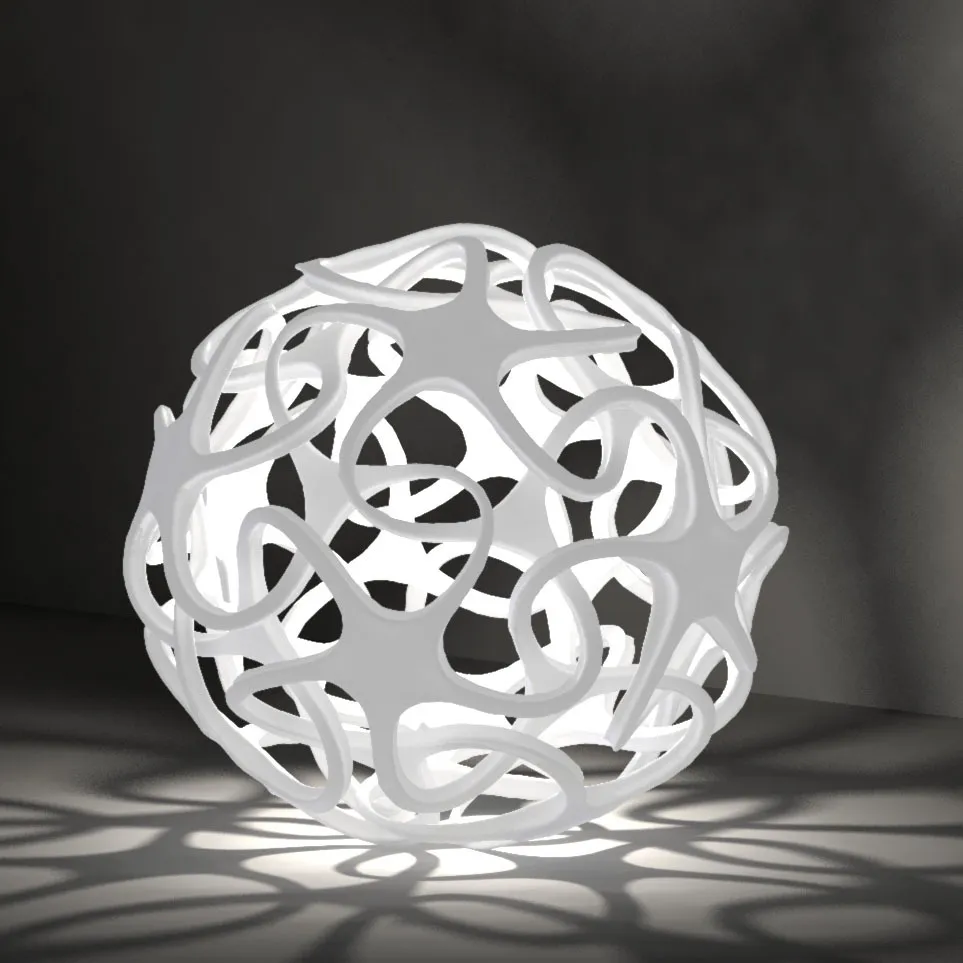

The DICOM image file was then segmented and exported to an STL file using nine different commercial/open-source software packages. Multidetector row CT scanning was performed on a dry human mandible with two 10-mm-diameter bearing balls as a phantom. This study focuses and reports on the DICOM to STL segmentation performance for nine software packages. The quality of the 3D model is directly related to the quality of the STL data. After primary and secondary processing, including noise removal and hole correction, the STL data can be 3D printed.

The DICOM images are not exported to STL data immediately, but segmentation masks are exported to STL models.

Extracting and three-dimensional (3D) printing an organ in a region of interest in DICOM images typically calls for segmentation as a first step in support of 3D printing.


 0 kommentar(er)
0 kommentar(er)
